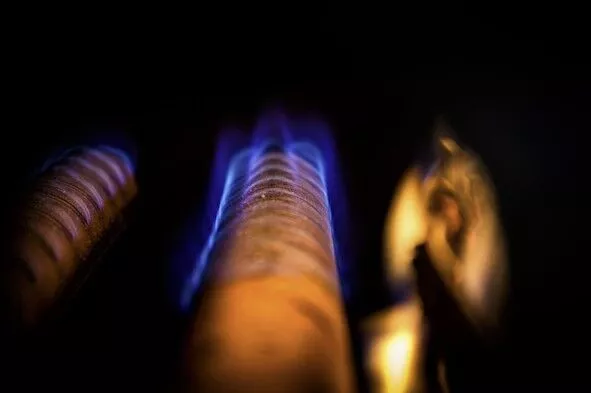Is your Heater Ready for the Extreme Cold?
With January & February being the coldest months in San Antonio, it’s time to have a heating system inspection and tune-up. Both heat pumps and gas furnaces need to be inspected for proper heating and operation. Natural gas pricing has jumped from 1.67 p/ccf last year to 3.31 p/ccf in 2022, so If you have a gas furnace, keeping your system running efficiently is important for safety and for your wallet.
Annual heating inspections are recommended so you can be confident the furnace is safe, heating and in good working order. The system check includes a visual inspection of the components like the ignitor, heat exchanger, the inducer motor, flame sensors, and combustion analysis. One of the most dangerous situations is running furnace with cracked heat exchanger tubes.
it’s important to have a working carbon monoxide detector when running combustion appliance, like a gas furnaces. Carbon monoxide detectors save lives. Every year, hundreds of people die and tens of thousands are treated for carbon monoxide poisoning.
The most common symptoms of carbon monoxide poisoning:
- “Flu-like” symptoms
- Headache,
- Dizziness,
- Weakness,
- Upset stomach,
- Vomiting,
- Chest pain
- Confusion.
You should place a smoke detector on the ceiling, but you should install a CO detector on the wall. This is because smoke rises, but carbon monoxide does not.
The furnace should be inspected for any flange corrosion or heat exchanger cracks. Cracks are caused over time by the constant heating up and expansion followed by cooling and contraction of the metal tubes.
Signs a heat exchanger may be compromised:
- Strange Smells. A malfunctioning heat exchanger will often create an unpleasant and strong odor that smells like formaldehyde.
- Soot build-up. Visible white soot build-up around the burners.
- Corrosion and visible cracks. If you find corrosion or cracks in other components of your furnace, such as the draft diverter box or inducer motor, call us immediately.
- Change in the flame appearance or “roll out”. Flames should be blue, not orange, or yellow and should not flicker.
- Sounds. If you have a crack in the heat exchanger, you are likely to hear a rattling noise as your thermostat turns on the heat. The heat exchanger is made from metal, so as the metal is heated, the cracks will expand and contract, which can cause rattling, popping, or banging noises.
- Presence of Carbon Monoxide. Carbon monoxide (CO) is an odorless, colorless, and tasteless flammable gas which is toxic. A failed heat exchanger may leak CO into your home. Only a carbon monoxide detector or alarm will alert you of the presence of CO; however, do not completely rely on a CO alarm to discover a failed heat exchanger – we recommend yearly inspection of your furnace and heating system.
If a furnace has a cracked heat exchanger, what are the repair options?

If your heat exchanger has gone bad, you technically have two options: replace the heat exchanger or replace the entire furnace. If it is available, one way to repair a cracked heat exchanger is to remove the damaged cell and replace it. However, it is possible that other parts and controls in the furnace will also need replacement at this point. Trying to replace the heater tubes and control boards alone, is often just as expensive as replacing the entire furnace.
Keep your home comfortable and your family safe with annual heating and cooling system inspections. Proactive system care can help avoid the inconvenience of a system outage during extreme conditions or holiday gatherings.
Call TemperaturePro San Antonio to schedule your heating system inspection and tune-up. Ask about our ProPlan Membership options for discounts on tune-ups, repairs, and accessories.




